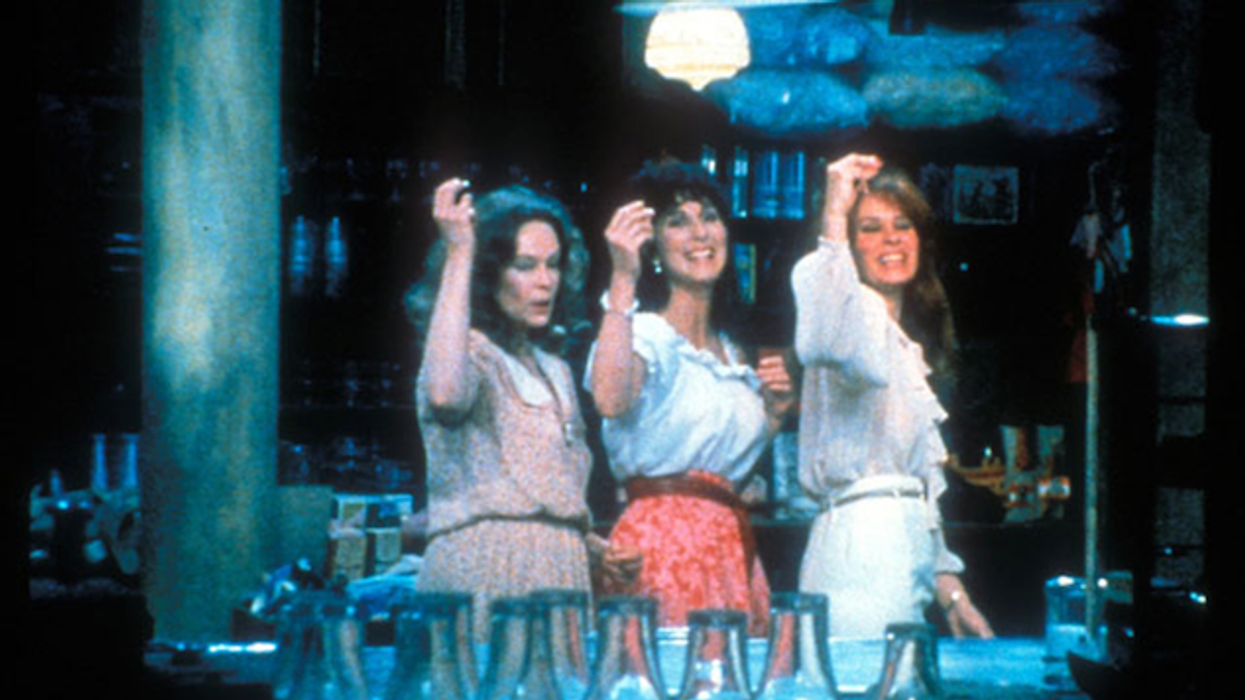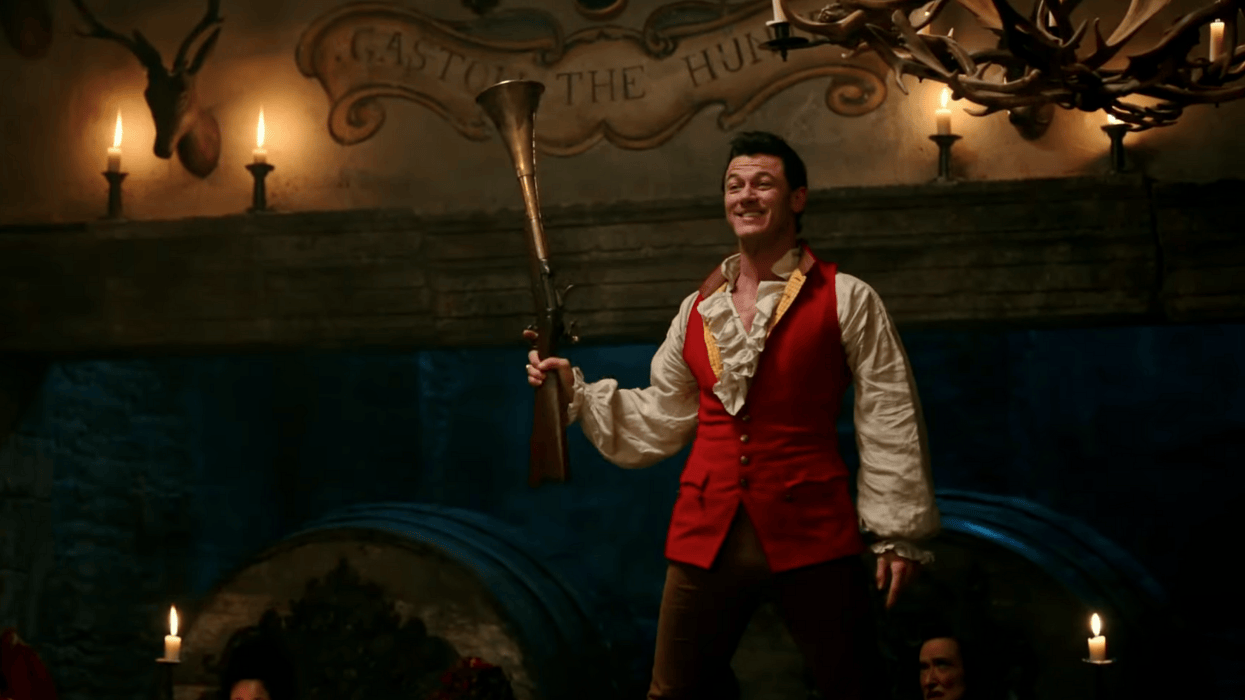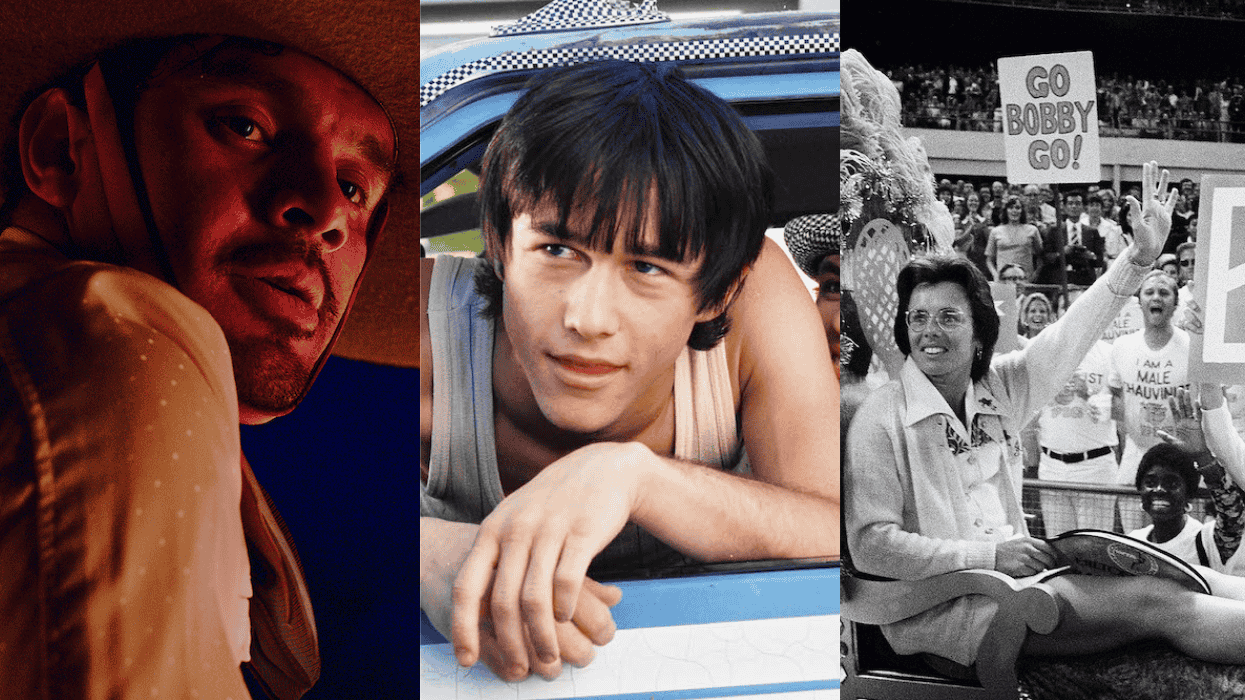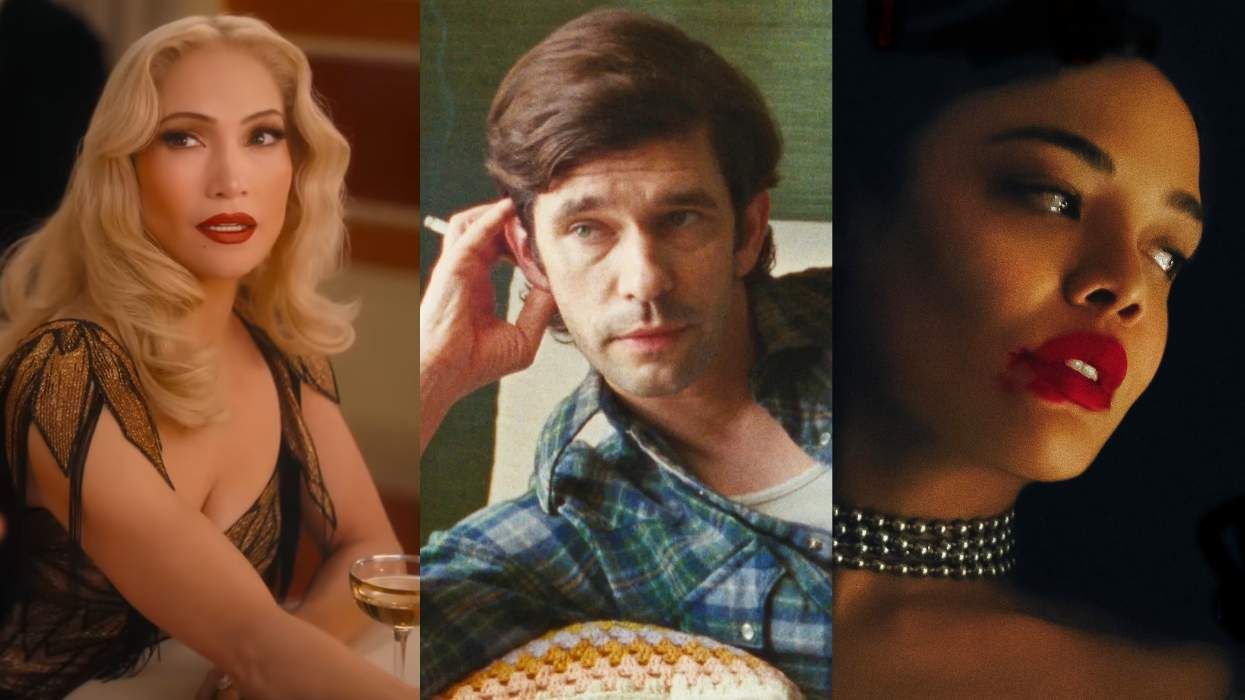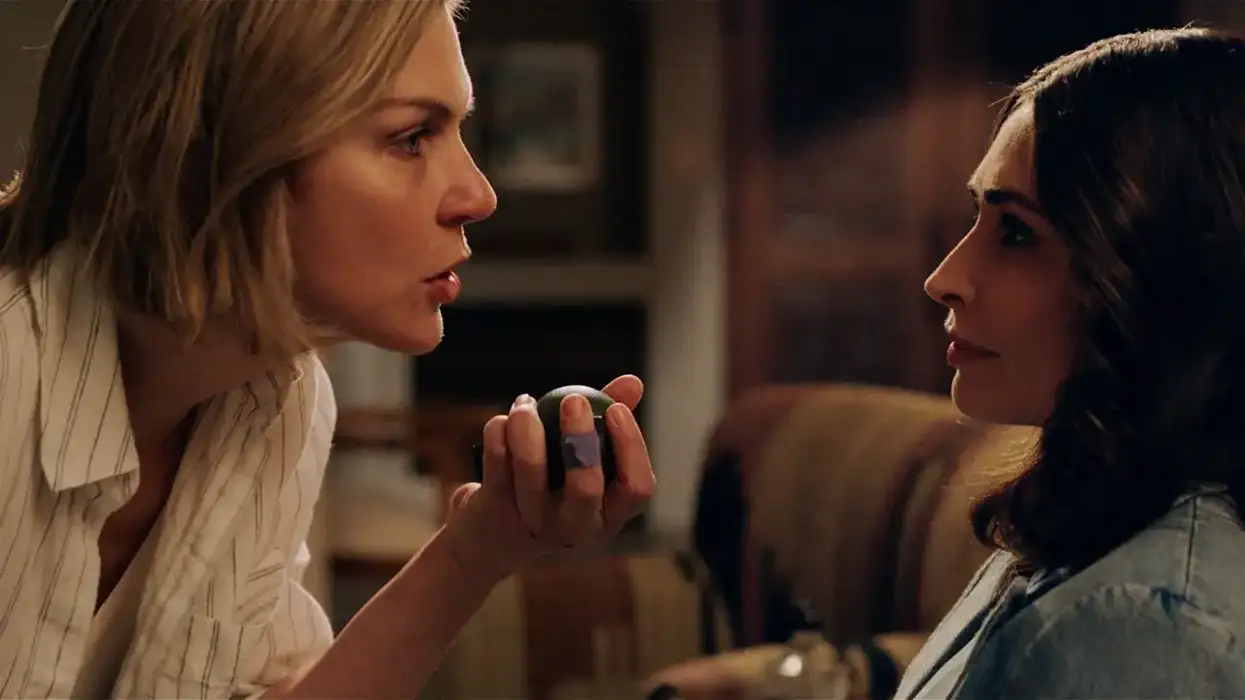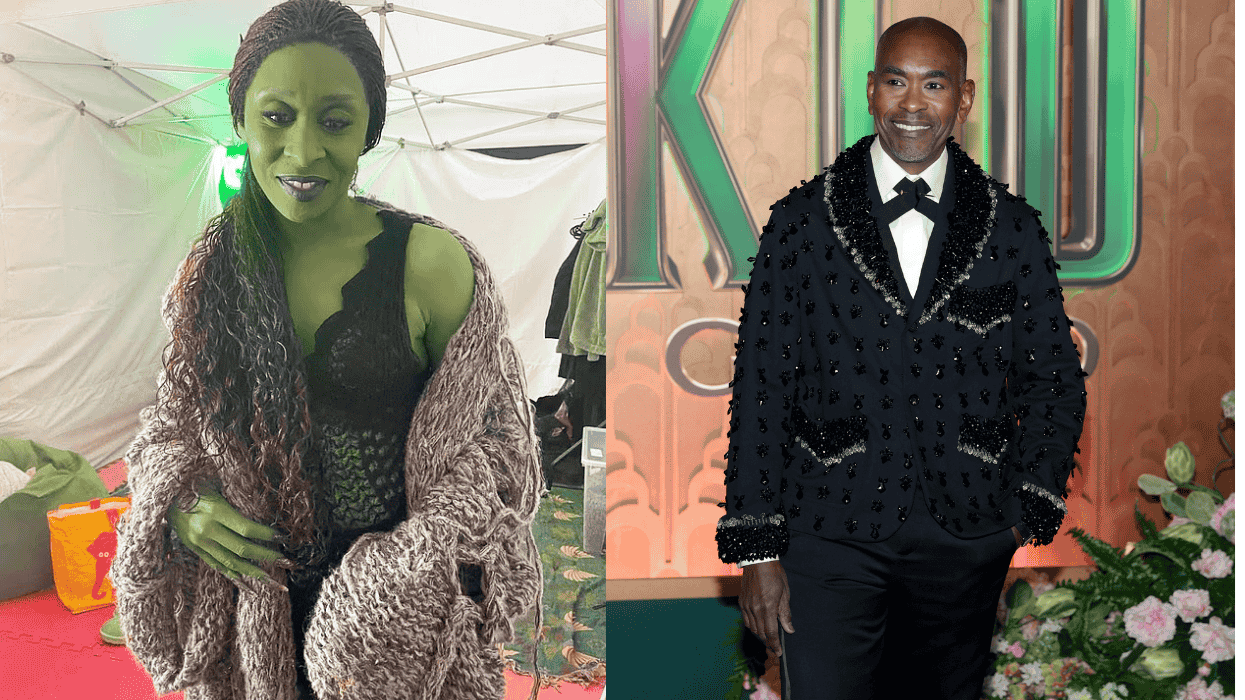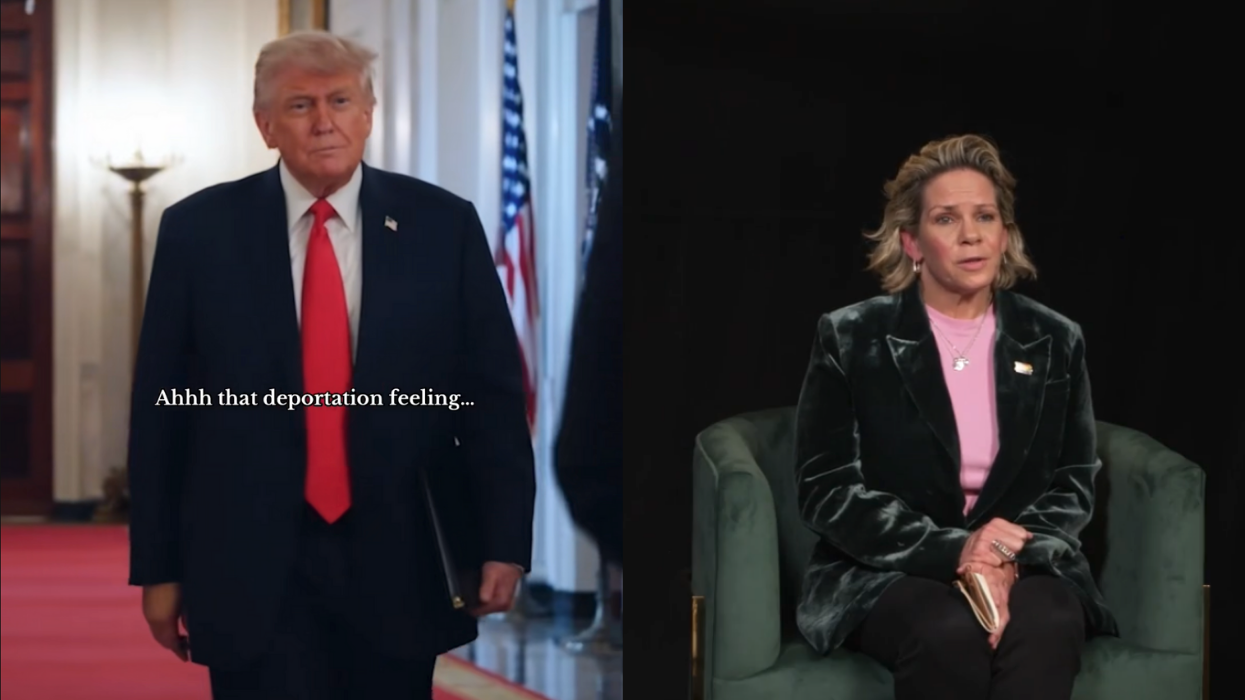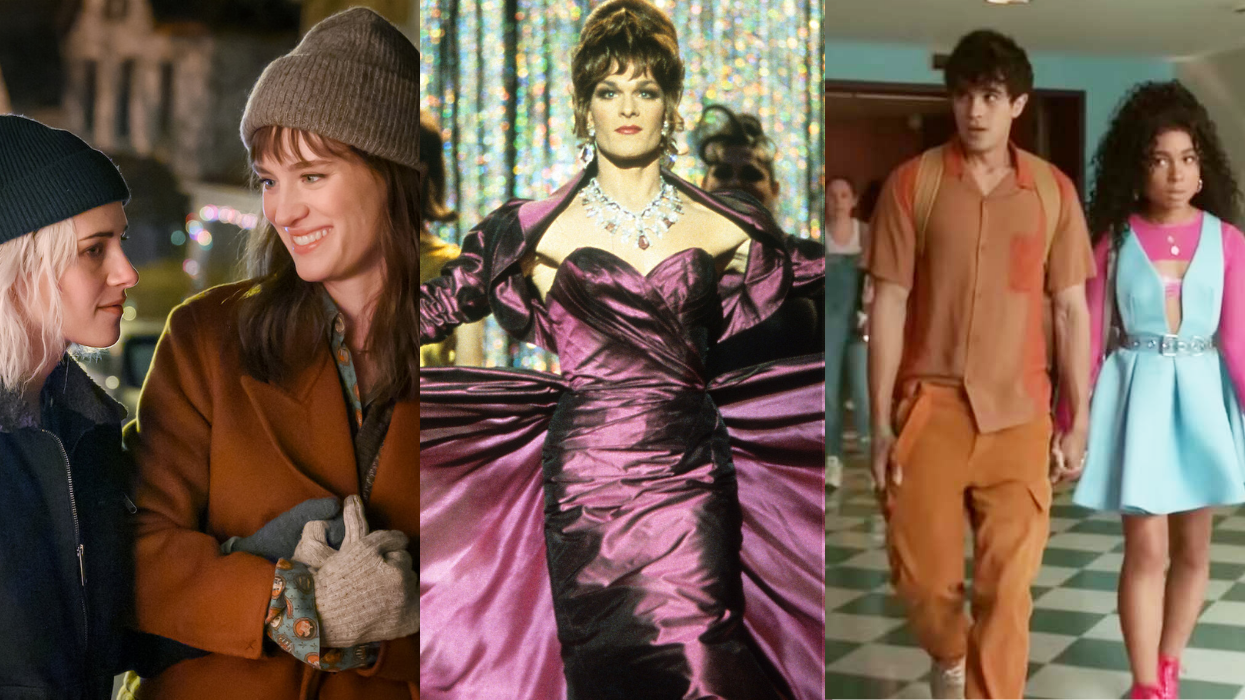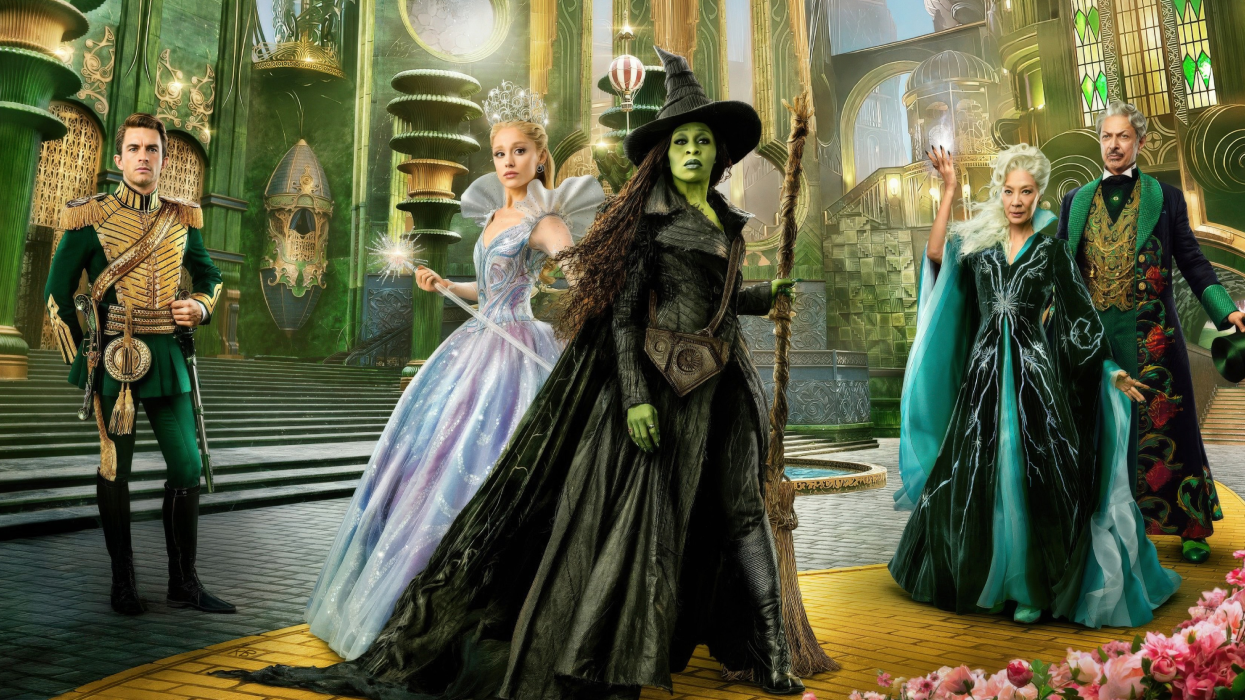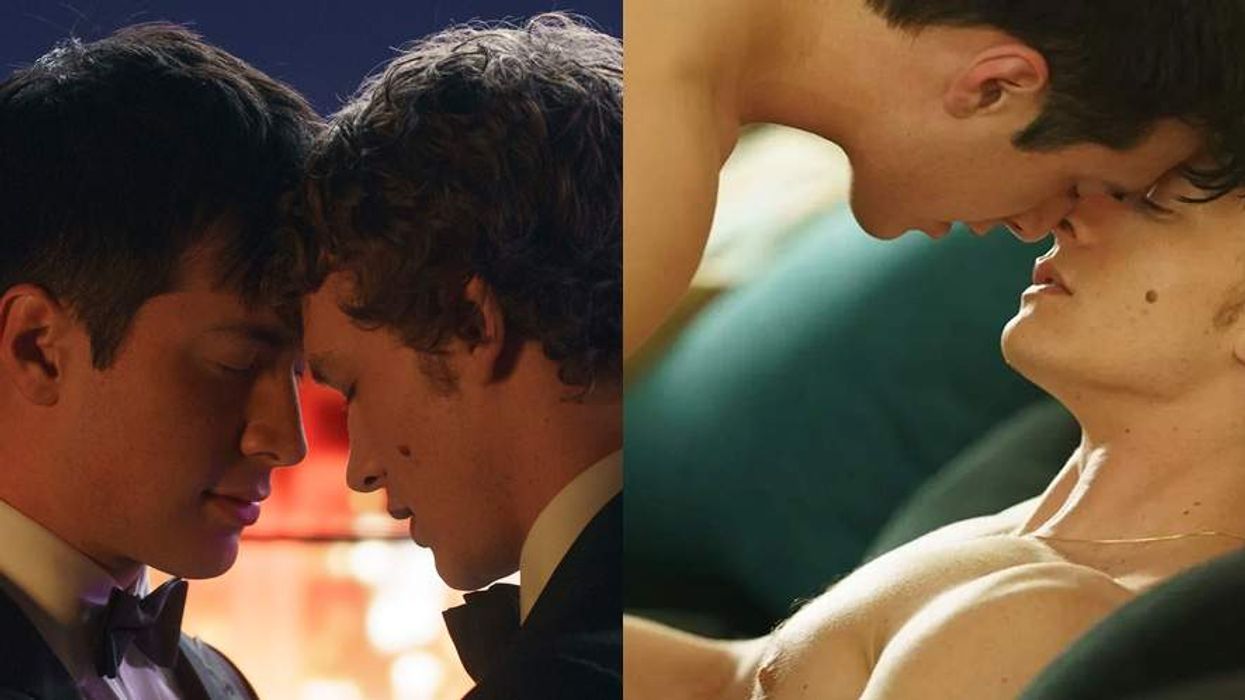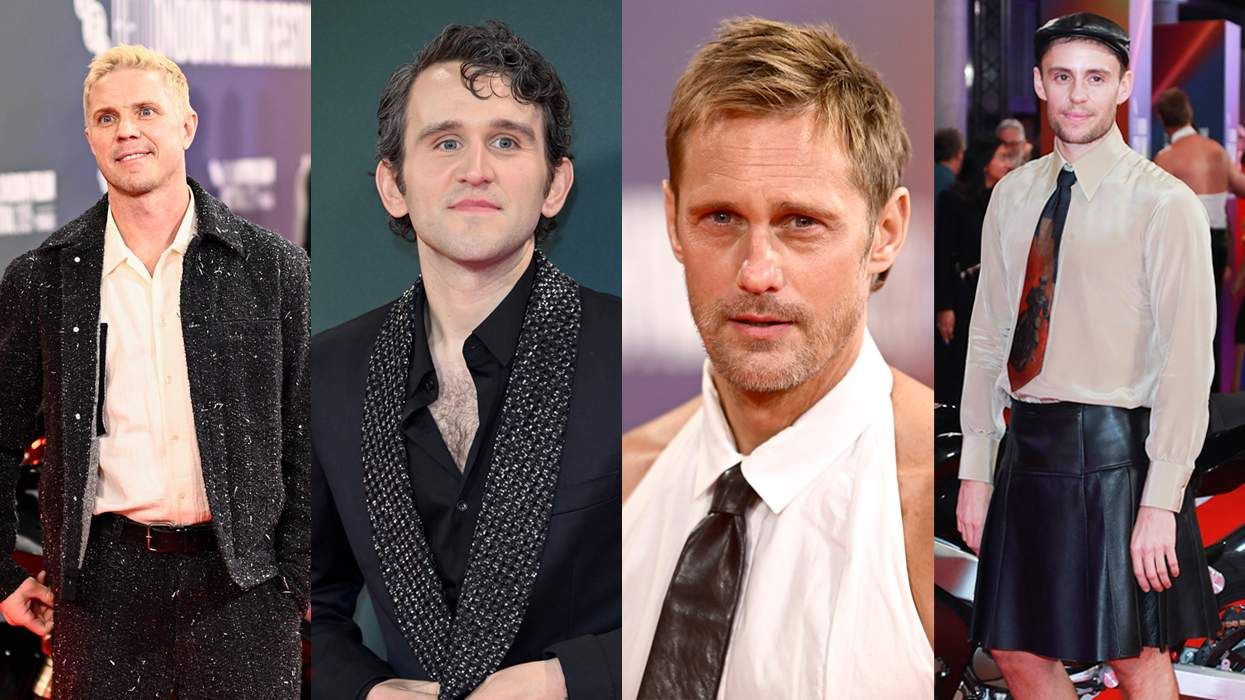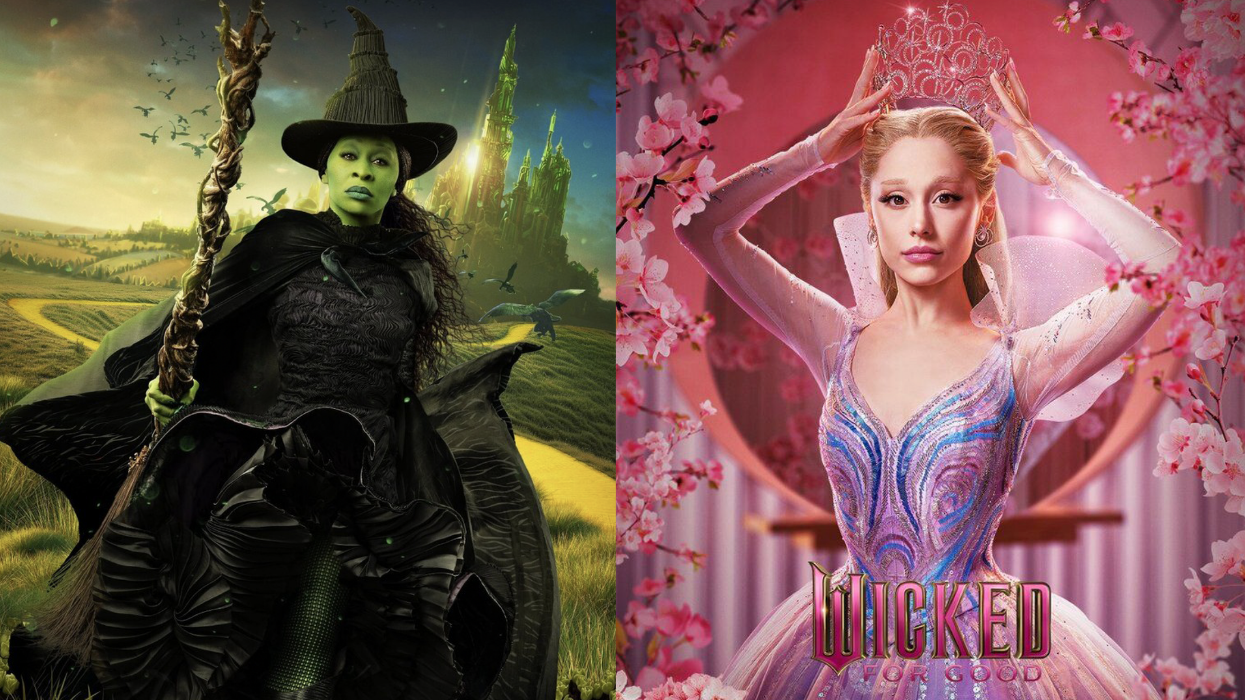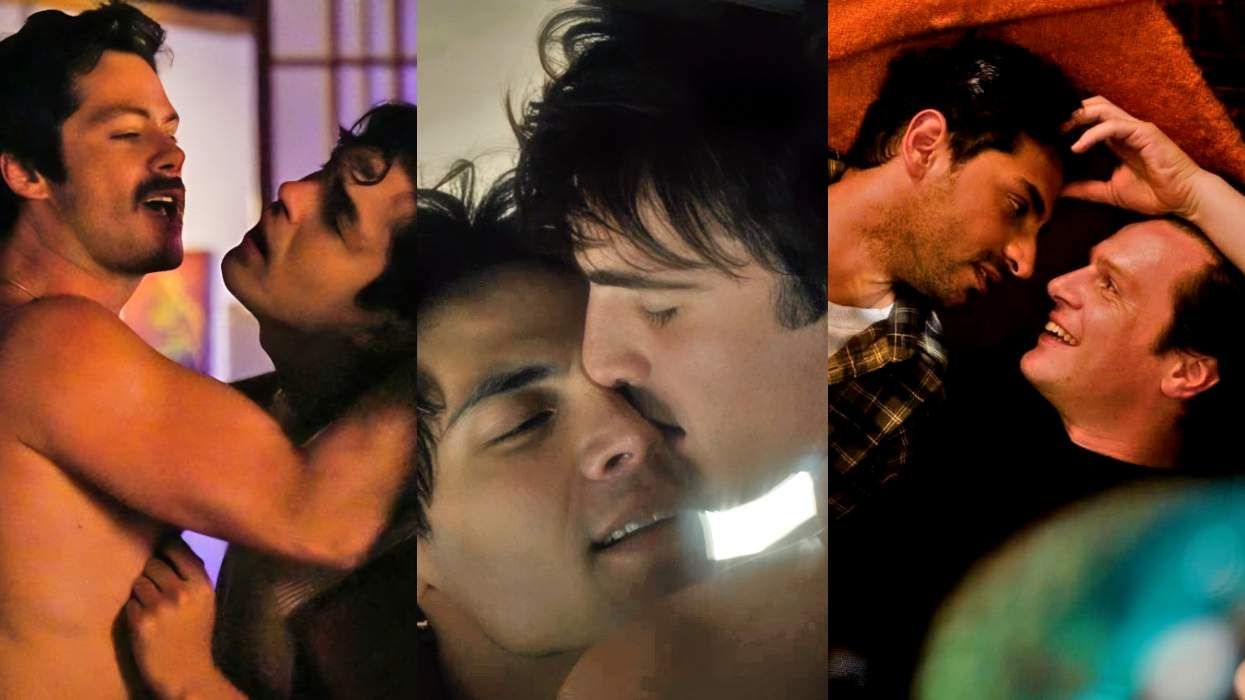Robert Altman's Come Back to the 5 & Dime, Jimmy Dean, Jimmy Dean remains a gay touchstone as it also was--surprisingly--when it premiered in 1982. At that time, I worked as a programmer-manager at Carnegie Hall Cinema, also editing its bi-monthly magazine, and witnessed the second-run booking of Jimmy Dean drawing a largely gay audience.
Fellini's Satyricon also attracted gay clientele to Carnegie, as did Pasolini's The Canterbury Tales. Before the rise of independent films gay viewers sought out any recognition for their personal interests, then still belonging to an '80s subculture. But Jimmy Dean's Carnegie Hall engagement proved so popular it was held-over. Its new Blu-Ray and first time DVD release by Olive Films shows why: Altman's story about women who reunite at a small Texas notions store with its homey mirrored soda fountain is not exotic like the Fellini and Pasolini; it's an authentic example of Americana that deals with what now are called gender issues--the only movie Americana of its kind.
That fan-favorite Cher stars as Sissy, the tough, straight-talking waitress, is a large part of Jimmy Dean's appeal. Cher's unconventional beauty with her large nose and uneven smile, is code for the socially eccentric. Sissy remains her best film performance because, a la Altman, it works on several levels starting with Cher's diva status. Her feminine iconography is analyzed and critiqued with the same probing fascination shown in the film's familiarized James Dean title reference.
Dean, the sexually ambiguous 1950s movie star, has intrigued audiences for generations--especially gay viewers absorbed by his rough trade mythology as much as his glamour and eloquent, sensitive acting. Playwright Ed Gracyzk finds the cross-gender secret in Dean's appeal. It is evidence of the gay subtext in so much '50s Freudian drama from Tennesee Williams to William Inge that wrestled with sexual identity, exchanging female expressivity with the delicate sensitivity of not-out males. Gay males were often shadow figures, sympathized in Williams and Inge's subtext.
This subtext is what's celebrated during a reunion of the Disciples of James Dean, a teenage fan club begun in 1955 when Dean came to the tiny town Marfa, Texas, to shoot his third film George Stevens' Giant. Gracyzk contrasts the Disciples' adolescent fantasies with their adult realities 20 years later. Set in 1975, the year of Nashville--perhaps Altman's greatest film--Jimmy Dean, Jimmy Dean connects sexual ambiguity to a classical sense of American identity. Gender issues interlace concerns with celebrity worship and working-class distress.
Altman transforms Graczyk's almost cynical conceit into a constantly shifting set of harmonies: Fantasy/Reality, Past/Present, Youth/Age, Hollywood/Texas, Women/Men, Gay/Straight/Transgnder. It turns a theatrical schematic into a marvelous, purely cinematic kaleidoscope.
Joe (Mark Patton), the only boy among the Disciples, is the film's linchpin. His personal story as a small town "pansy," target of its fears and biases, is key to revealing the other Disciples' frustrations--particularly Mona (Sandy Dennis), who claims to have had a liason with Dean and given birth to his bastard child, and Joanne (Karen Black), a mysterious visitor. The revelation of secrets is a hoary device but Altman uses it to gain intimacy with each character. His artistry is described by Mona in a monologue about her bit role in Giant--"as the projector moves closer"--turning the psychoanalytic term "projection" into a word that poeticizes the emotional effect of movies and fantasy on all our lives and identities.
As gay moviegoers in the '80s knew, the act of watching Jimmy Dean, Jimmy Dean is unique: both a discovery and a realization. They identified with Cher, Dennis, and Black's performances with absolute compassion--not role-playing frivolity--although Black's sullen insistence "It's true!" echoes in campy memory. And Dennis' astonishing performance, fluidly changing from girl to matron, anxiety to passion, foolishness to mad heroism is magically real in ways Meryl Streep (overpraised in '82 for her Sophie's Choice mannerisms) has never achieved. Dennis' Mona is the culmination of all those theatrical legends from Shirley Booth to Geraldine Page whose great female roles became maternal BFFs for generations of gay men attempting to understand their compassion for the most basic of all human relationships. Notions stores are passe but that apron-string dynamic may be eternal.
Jimmy Dean, Jimmy Dean is the most empathic of Altman's egalitarian masterpieces, the most theatrical at the same time that it is the most existentially cinematic. Altman's gay awareness has been both controversial (smug protestors at the New York Film Festival showing of his 1983 Streamers totally misunderstood Altman's compassionate expose of gay oppression) and advanced (the "Helen Gurley Brown" transvestite in California Split and Glenda Jackson's androgynous political candidate in Health.) And in Jimmy Dean, Jimmy Dean, Altman's knowingness about gendered experience produced portents of significant gay social and cultural developments from Matthew Shepherd to RuPaul and Orange is the New Black. Not ahead of its time (a misleading phrase), Jimmy Dean, Jimmy Dean proves how insightful a deep and open-hearted view of human experience can be. Don't miss it.
Come Back to the 5 & Dime, Jimmy Dean, Jimmy Dean also shows at the Museum of Modern Art on Dec. 4 as part of its Altman retrospective.


